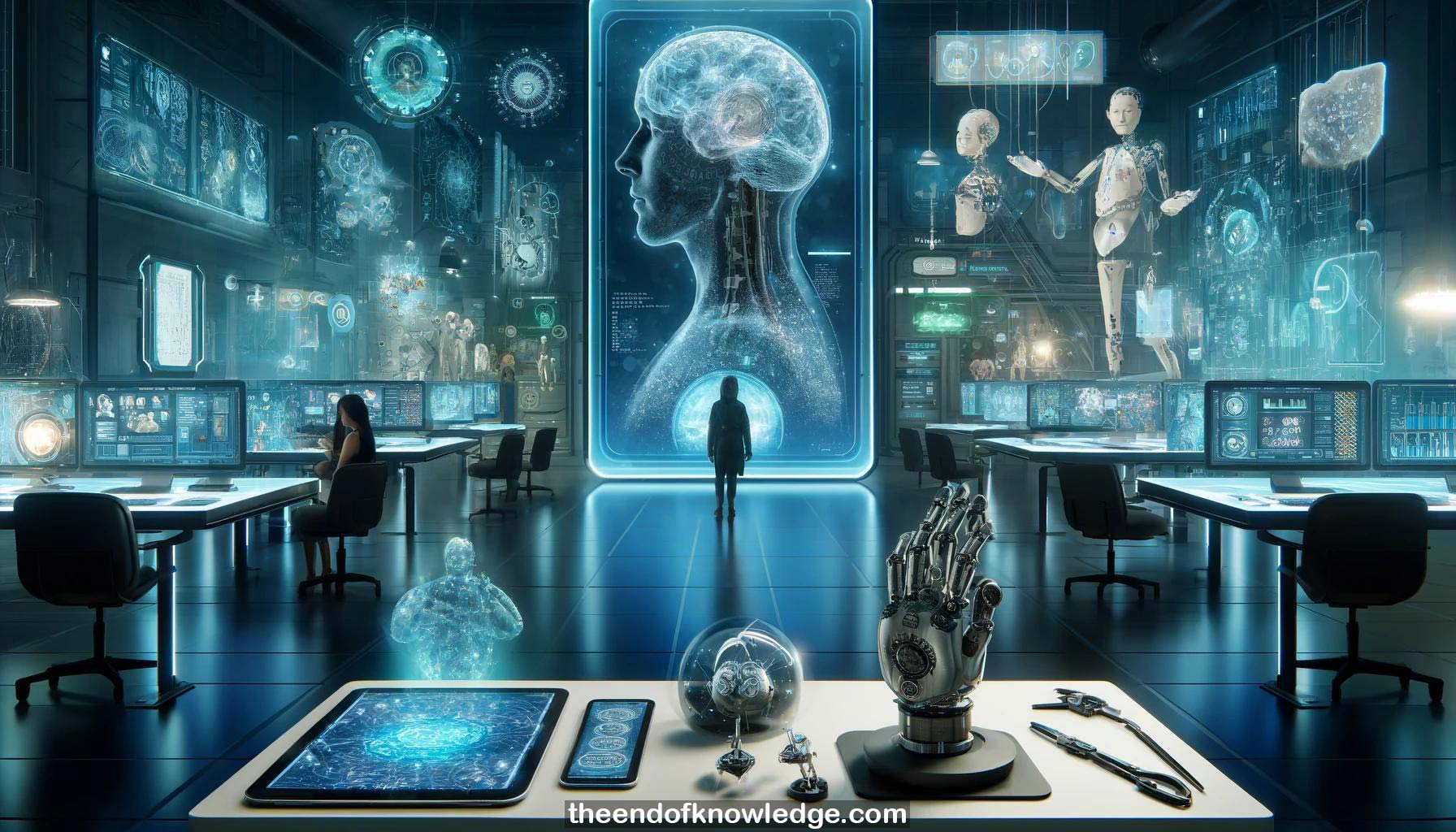 >
>
Concept Graph & Resume using Claude 3 Opus | Chat GPT4 | Llama 3:
Resume:
1.- BrainGate is an intracortical brain-computer interface system that has shown promising clinical and neuroscientific applications for people with paralysis.
2.- In a safety trial with 14 participants, there were 68 device-related adverse events, mostly minor, with no intracranial infections.
3.- Two participants had seizures post-implantation, likely due to prior brain injury and lack of anti-seizure prophylaxis, which was added to the protocol.
4.- BrainGate aims to restore communication, mobility, and functional independence for people with paralysis, going beyond current assistive technologies.
5.- Using 2D cursor control and virtual keyboards, BrainGate enabled typing at 40 characters per minute in a participant with ALS.
6.- BrainGate was integrated with commercial tablets and apps, allowing participants with ALS to write emails, search YouTube, and control their environment.
7.- Decoding attempted handwriting from motor cortex activity allowed a participant with spinal cord injury to write at 90 characters per minute.
8.- Decoding speech from motor cortex achieved communication rates of 60-80 words per minute in participants with anarthria due to ALS.
9.- Robotic arms and functional electrical stimulation were tested for restoring reach and grasp, though with some limitations in practicality and applicability.
10.- Soft robotic gloves controlled by BrainGate enabled a participant with spinal cord injury to perform dexterous hand movements and functional tasks.
11.- Wireless transmitters and a "BrainGate Home" app aimed to provide more independence in controlling personal devices and smart home environments.
12.- Decoding from middle frontal gyrus neurons showed their involvement in integrating auditory cues into movement planning, firing prior to motor execution.
13.- Overnight replay of task-related neural activity patterns was observed in human motor cortex during sleep, analogous to hippocampal replay in rodents.
14.- The replayed activity corresponded to a cursor moving through a recently practiced sequence, occurring preferentially during slow-wave sleep and cortical ripples.
15.- This neural replay likely underlies motor memory consolidation, as post-sleep task performance was enhanced. Further work explores ripples' role in inter-areal communication.
16.- BrainGate has the potential to restore meaningful function for people with communication and mobility impairments while advancing fundamental neuroscience.
17.- The work relies on multidisciplinary teams at several institutions and the dedication of research participants volunteering to advance the technology.
18.- Pre-surgical MRI, fMRI, and CT are used to map cortical structures and identify functionally relevant areas for implanting microelectrode arrays.
19.- Sparsity of neural activity during sleep poses challenges for identifying relevant replay events in large datasets; methods involve correlating with awake patterns.
20.- Expanding the BrainGate speech decoder to other languages would require adapting the phoneme set, language model, and participant population.
21.- Future priorities include improving the language model, automating and streamlining the system for independent home use, and reducing reliance on cables/pedestals.
22.- Integration with other assistive technologies and smart home devices via the BrainGate Home app is another key goal to enhance users' independence.
Knowledge Vault built byDavid Vivancos 2024